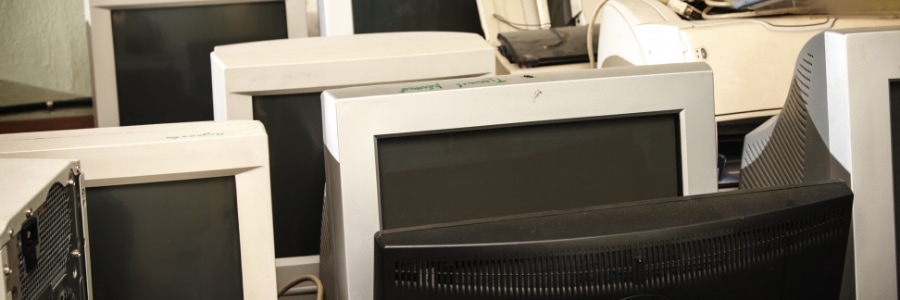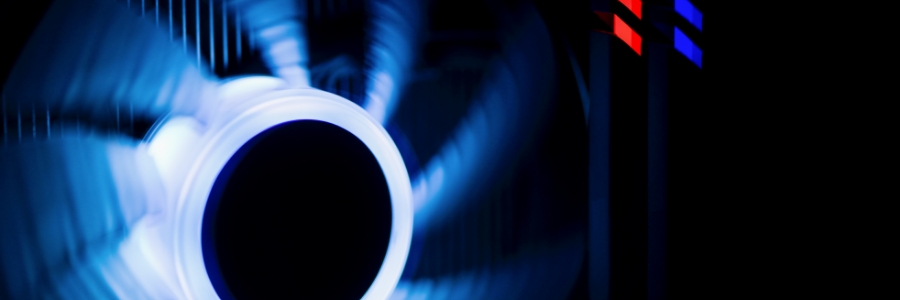Has your computer been a little sluggish lately? Is it always crashing or freezing? If yes, you may be tempted to go out and buy a new one. But then what do you do with your old PC? Here are five ways to repurpose your old computer instead of getting rid of it.
How to repurpose your old, sluggish computer
7 PC energy-saving tips
Save on electricity with these PC tips
When it comes to saving energy, every little effort goes a long way. The more energy-efficient your PC is, the more money you save. In fact, you can save up to $50 a year if you activate your PC’s power-saving feature. Further increase your savings by following these tips:
1. Unplug your computer when not in use
When you’re not using your computer, it’s best to shut it down and unplug it.
5 Ways to optimize your new laptop
So you’ve just unboxed your brand new laptop — what do you do next? Before you start using it to surf the internet or finish your tasks for the day, take these steps to optimize its performance and ensure it meets your needs.
1. Update your laptop’s operating system
One of the first things you should do before using your laptop is to update its operating system (OS). Assuming you did not purchase the laptop when it was first released, it will still be running an older OS. Because important patches and fixes are released with each new update, you must install the latest ones to ensure your laptop doesn’t have vulnerabilities that malicious third parties can exploit.
5 Nifty uses for your old computers
Don’t be so quick to dump that old computer! Despite being slow and clunky, your old desktop or laptop may still add value to your business. There are many uses for old PC hardware, and here are five of them.
Make a NAS server
Network-attached storage (NAS) is a server for your small business network that lets you store files that need to be shared with all the computers on the network.
Reduce your PC power consumption
There’s a computer in almost every home and office nowadays. A typical desktop that’s switched on 24/7 for a whole year releases carbon dioxide equivalent to what an average car releases in an 820-mile drive. To save energy, you don’t need to make drastic changes; you can start by making small adjustments that will ultimately lead to significant savings.
Enjoy an improved laptop experience
Did you just get the newest MacBook Pro? Or the Lenovo Yoga 920? Either would be very exciting, but before you start showing off your new purchase, there are five steps you should take to make your laptop experience even more enjoyable and long-lasting.
Make the most of old PCs
If your PC has been struggling to perform all the tasks you have at hand, we completely understand why you would be itching for a new one, or even if you’ve already replaced it with the latest model. But even if it’s old, sluggish, and always crashing, your old desktop or laptop may still prove to be useful.
Want to save energy with your PC? Here’s how.
When it comes to saving energy, a little bit goes a long way. The more energy-efficient your PC habits, the more money you save. In fact, activating your PC’s power-saving features can save you up to $50 a year. Want to increase your savings even more? Then take note of the following tips.
Enhance your new laptop in 5 steps
Laptops may not be the most powerful computers, but the benefits they provide are undisputable. For one thing, they deliver a similar user experience to your huge desktop PC, but much more conveniently and affordably. But before you reap their many benefits, learn five precautionary steps you should take before using them.



